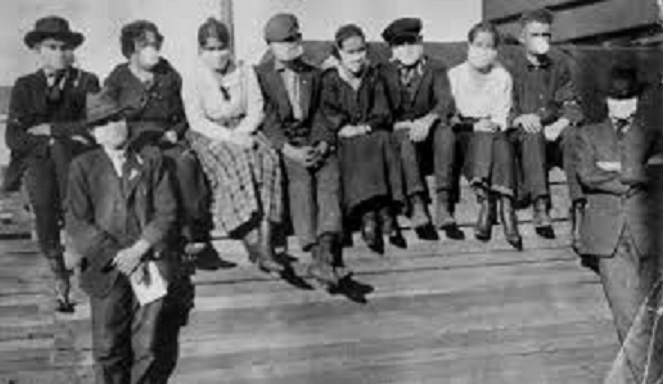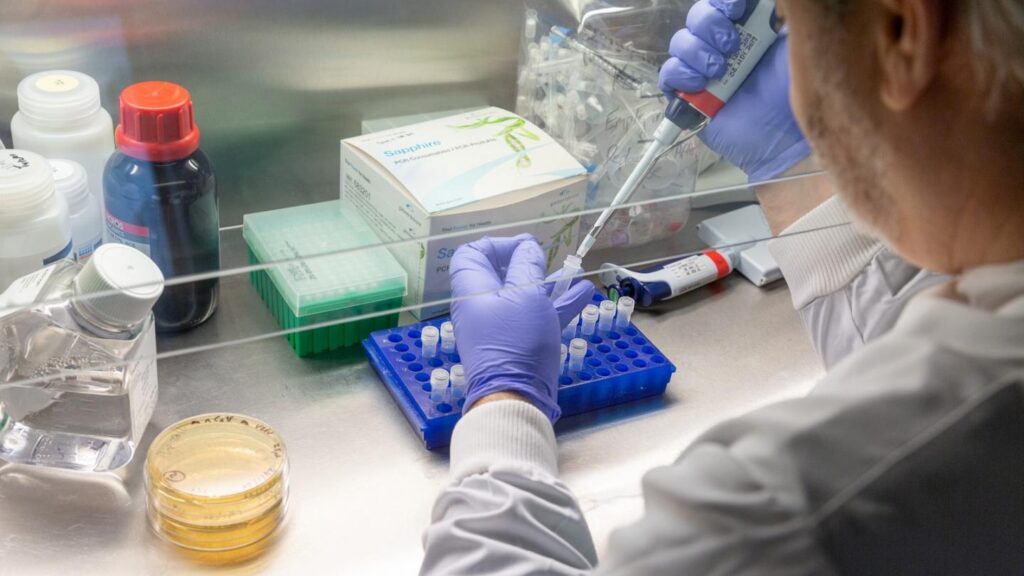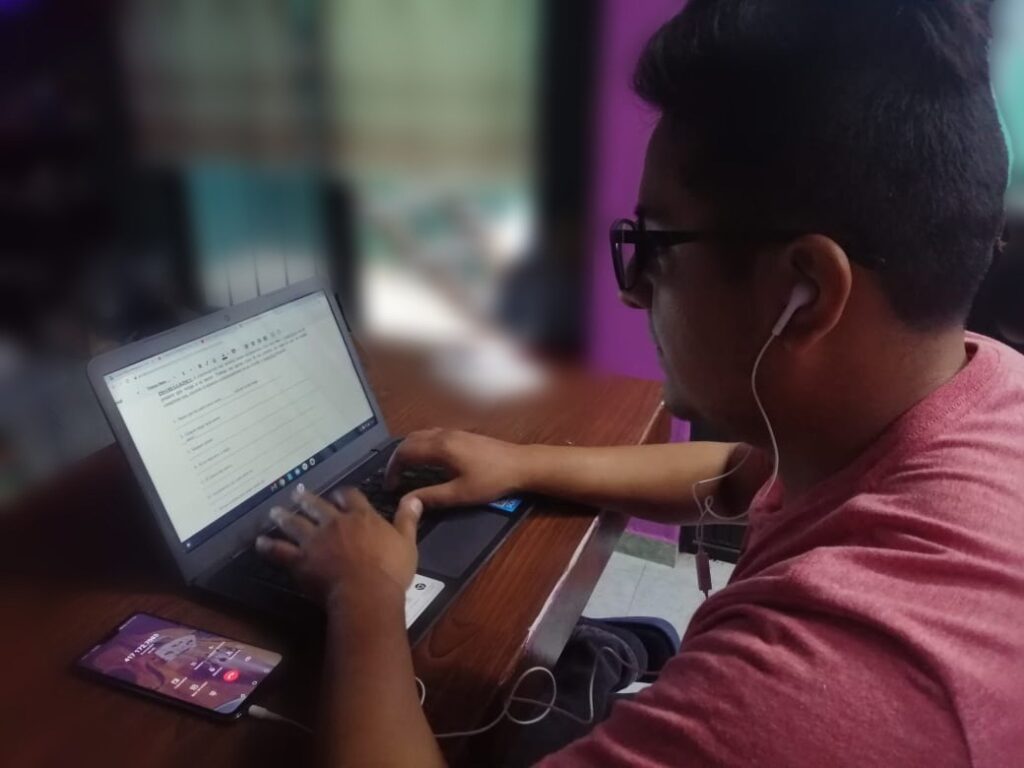Two years lasted the flu pandemic of 1918 and it had three waves of contagion, what we can learn from it People are willing to use face masks as a
Two years lasted the flu pandemic of 1918 and it had three waves of contagion, what we can learn from it

Many things have improved in health protection since the flu pandemic, however it won’t be a factor if people don’t pay attention and observe advice from Health Authorities
Gto News considers of great importance this story by CNN and has decided to share it in its digital page. What ocurred in the 1918 flu pandemic that killed 50 to 100 million people globally? What can we learn from it? What can we do different? The story is by CNN and we present it to you
In the deadly fall wave of the 1918 flu pandemic, millions of people were doomed because they didn’t know what we know now about how viruses and respiratory illnesses spread. We might face a similar fate if some people continue to ignore what a century of scientific progress and hindsight have taught us about ending pandemics, writes Kristen Rogers of CNN.

A three wave pandemic
The 1918 pandemic transpired in three waves, from the spring of 1918 to the winter of 1919 -ultimately killing 50 million to 100 million people globally-. The first wave in the spring of 1918 was relatively mild. A majority of 1918 flu deaths occurred in the fall of 1918 — the second, and worst, wave of the 1918 flu.
Health experts expect Covid-19 infections to increase this winter because the virus that causes Covid-19 is a coronavirus, and other coronaviruses spread more during Winter, reports CNN.

In a bad moment
In wintry, less-humid air, virus-carrying particles can linger in the air longer. Additionally, our nasal membranes are drier and more vulnerable to infection in winter. And as the weather gets colder, we spend more time indoors without sufficient ventilation, which means the virus has a higher likelihood of spreading.
Covid-19 hasn’t “claimed as many lives yet as did influenza. Basically, around 675,000 people died in the US by the end of the 1918 pandemic,” said Dr. Jeremy Brown, an emergency care physician and author of “Influenza: The Hundred-Year Hunt to Cure the Deadliest Disease in History.That would, today, be around 3 million people in the US,” Brown said to CNN.

Why the second wave was so deadly
There are several possibilities why the 1918 second wave was so horrible, including a virus that possibly mutated and patterns of human movement and behavior at the time. Winter meant that influenza also spread more and people were indoors more often.
“My guess is it wasn’t great at infecting people in the spring and had to sort of adapt,” said John M. Barry, author of “The Great Influenza: The Story of the Deadliest Pandemic in History.” “Then a mutation took over that was very good at infecting people and also more virulent.”

The worst scenario
Covid 19 is a coronavirus and it spreads more during winter. In wintry, less-humid air, virus-carrying particles can linger in the air longer, our nasal membranes are drier and more vulnerable to infection, the weather gets colder, we spend more time indoors without sufficient ventilation, thus the virus has a higher likelihood of spreading
It was all guessing
The pandemic came before awareness of what a virus looked like and how to isolate and learn it. The vengeance of the second wave led some people and doctors to think they were dealing with a disease different than what had plagued them that spring, reports CNN.
Flu deaths peaked in November 1918, which was possibly the deadliest month of the pandemic.

The social impact
The 1918 flu ripped at the fabric of society. Roughly half of the deaths were among young adults ages 20 to 40, in contrast to the current pandemic, with older adults more likely to experience serious illness and death from Covid-19.
In 1918 many events, schools and public spaces were canceled and closed. Authorities imposed mask-wearing and anti-spitting laws. City officials inflicted punitive measures including fines against people who broke the rules, writes CNN.
The toll on adults in their prime meant that many children lost one or both parents.

Modern-day advantage
Now, let’s fast-forward to the year 2020. Multiple scientific advances have allowed us a slight advantage in mitigating the spread and effects of respiratory illnesses like the flu and Covid-19. Microbiologists can now isolate, identify and describe the structure of viruses, writes CNN.
Although we have coronavirus tests, one shortcoming is “that we don’t have sufficient testing ability and the tests take so long,” Kolata said.
Hindsight and years of scientific progress have taught us how respiratory illnesses spread by encounters with respiratory droplets facilitated by close contact and insufficient hygiene. However, to be effective, these scientific and medical advantages require public compliance.

What we can do
Though Covid-19 cases are increasing and could spike this winter, there are things we can do to stem the spread. Precautions such as physical distancing, avoiding gatherings and unnecessary travel, hand-washing and mask wearing are still important, reminds CNN.
Stocking up on grocery, medical and emergency preparedness items -responsibly and in a manner that’s considerate of others- can help limit trips to stores, thus decreasing chances of spread.
In 1918, there wasn’t an approved and regulated vaccine. This time around with coronavirus, Operation Warp Speed and other programs are testing vaccines to be able to inoculate the public potentially by spring 2021.
What’s also still of utmost value is heeding the updates and guidance of your local public health authorities, and the scientific knowledge of researchers and organizations like the US Centers for Disease Control and Prevention and the World Health Organization, reports CNN.

By the numbers:
- 2 years lasted the 1918 flu pandemic
- 50 million to 100 million people died in the flu pandemic of 1918
- 675,000 people died in the US because of the 1918 pandemic, that would, today, be around 3 million people
- There was not a regulated, approved vaccine in 1918
- The flu pandemic killed people in their 20’s to 40’s, the Covid 19 is killing more older adults
- We have coronavirus tests but we don’t have sufficient testing ability and the tests take so long

Precautions as the second wave of Covid seems to be everywhere:
- Physical distancing
- Avoiding gatherings
- Avoid unnecessary travel
- Hand-washing and mask wearing are important
- Stocking up on grocery, medical and emergency preparedness items
- Limit trips to stores and public places
* Information by CNN


COMMENTS